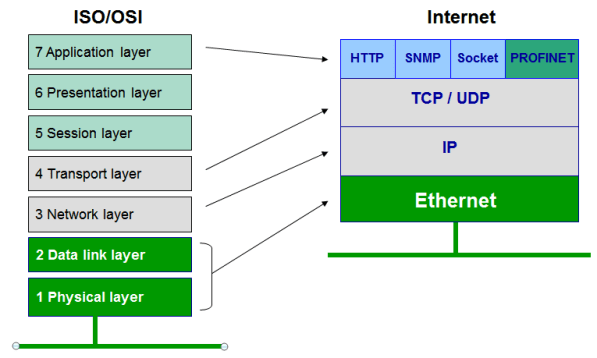Ethernet is a protocol under IEEE 802.33 standard

links : About Ethernet address resolution protocol:- https://tools.ietf.org/html/rfc826
https://en.wikipedia.org/wiki/IEEE_802.3

User Datagram Protocol (UDP)
UDP is a connectionless transport protocol. It provides no control mechanism when exchanging data between sender and receiver. This results in higher processing speed than, for example, TCP. Checking whether or not the telegram has arrived must be carried out by the higher-level protocol.
links : About Ethernet address resolution protocol:- https://tools.ietf.org/html/rfc826
https://en.wikipedia.org/wiki/IEEE_802.3
